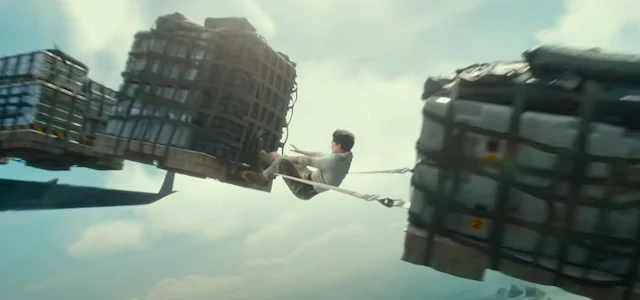Cast: Tanner Cohen, Matthew Camp. Screenplay: Cory Krueckeberg. Film editing: Cory Krueckeberg. Music: Tim Sandusky.
A small surprise: an extremely low budget movie, much of it shot on an iPhone, that manages to explore issues like objectification and heteronormativity with intelligence and wit and even some tenderness. It takes a romcom setup and transcends it, turning stock figures – the nerd and the hunk – into real people, thanks to shrewd performances by its leads, Tanner Cohen and Matthew Camp, who improvised a good deal of their dialogue. Cohen plays a college student and aspiring writer whose sex life is almost entirely online, jerking off to images of men, particularly a go-go dancer in a gay bar. He becomes obsessed with the dancer, and one drunken night emails him, claiming to be a documentary filmmaker who wants to do a film about the life of a dancer in a bar. To his surprise, the dancer responds, and he finds himself rounding up the necessary camera equipment. The dancer, known in the film as Go, wants to know if he’ll be paid, and the student, whom Go calls Doc, agrees to give him five percent of any profits the film might make – although he knows full well that there will probably never be a real film. And then they fall into a real relationship, which, in conventional romcom fashion, we know will be damaged when Go finds out the truth. Except that it doesn’t quite work the way, a smart reversal of our expectations. Getting Go doesn’t seem to have found much of an audience beyond LGBTQ film festivals, but its attractive performances and intelligent dialogue make it a film that should be more widely known.



















































